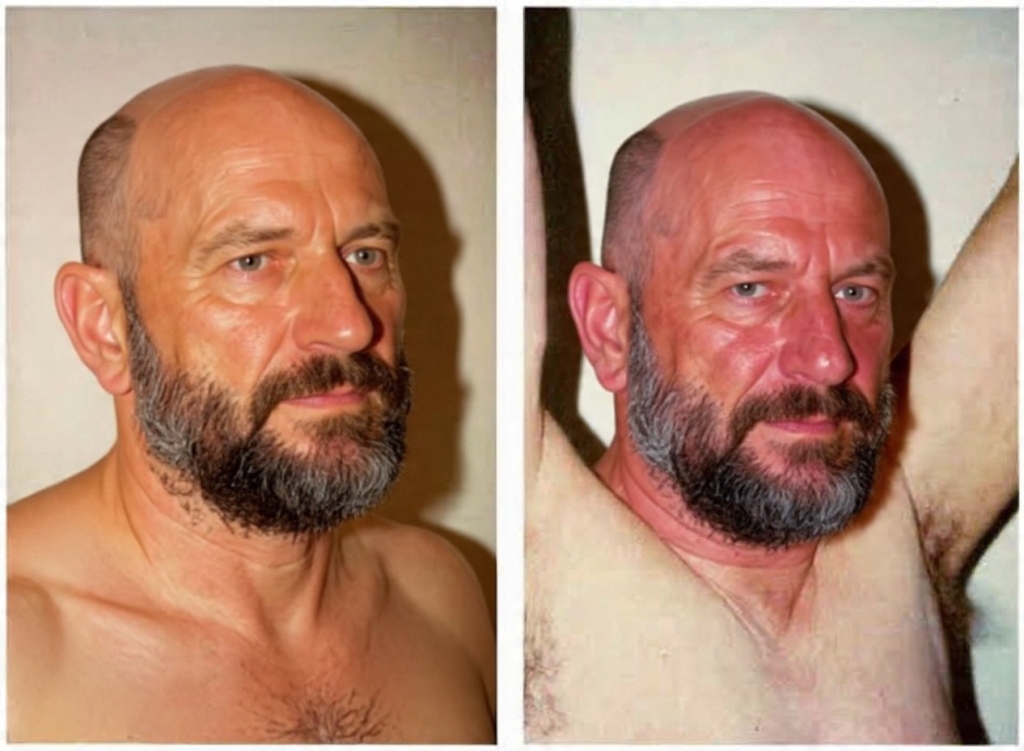What is the diagnosis of this patient with facial redness?
uiowa
Published on Nov 1, 2025
A 55 -year-old man presents with progressive neck fullness, intermittent dyspnea on exertion, and occasional choking sensation when lying flat.
• Physical exam: diffuse thyroid enlargement, extending below the sternal notch.
• No stridor at rest.
• Vitals stable, but raising both arms triggers facial congestion.see picture above
What is the diagnosis of this patient ?
A. Compression of the superior vena cava by a retrosternal goiter
B. External jugular venous obstruction due to cervical lymphadenopathy
C. Carotid sinus hypersensitivity triggered by arm elevation
D. Increased venous return leading to transient right-sided heart overload
E. Subclavian artery compression between the anterior and middle scalene muscles
SCROLL BELOW FOR ANSWER
✅ Correct Answer: A. Compression of the superior vena cava by a retrosternal goiter
A (Correct) -Raising arms narrows the thoracic inlet; a substernal goiter compresses the SVC → venous congestion → Pemberton’s sign positive.
B Lymphadenopathy may cause localized obstruction, but not the dynamic arm-dependent plethora.
C Carotid sinus hypersensitivity causes bradycardia/syncope, not facial congestion.
D Arm elevation decreases, not increases, venous return.
E Describes Adson’s test for thoracic outlet syndrome, not Pemberton’s
Mechanism: Raising arms narrows the thoracic inlet, and a retrosternal goiter compresses the superior vena cava (SVC) → venous congestion of the face and neck.
Key Findings
• Facial plethora
• Jugular venous distension
• Engorged neck veins
• Cyanosis or dyspnea
Teaching Points
Indicates superior vena cava (SVC) obstruction or substernal thyroid extension causing venous congestion.
Common Causes
Retrosternal (substernal) goiter, mediastinal tumors, lymphoma, or other masses compressing the SVC.
Mechanism
Raising arms narrows the thoracic inlet → compresses veins → facial plethora, neck vein distention, and dyspnea.
How to Elicit
Ask patient to raise both arms above head for 30–60 seconds (“hands-up” position); watch for facial redness and neck vein distension.
Positive Finding
Facial flushing or cyanosis, jugular venous distension, and/or stridor developing with arm elevation.
Imaging Confirmation
CT neck/chest to assess thyroid extension or mediastinal compression.
Management
Surgical removal (thyroidectomy) or treatment of underlying mass; airway precautions in severe obstruction.
Mnemonic
“Pemberton = Plethora on Arm Elevation.”
BOARD REVIEW REFERENCE
https://www.emedtube.com/d/2848837243/TOS-Board-Review-Complete

